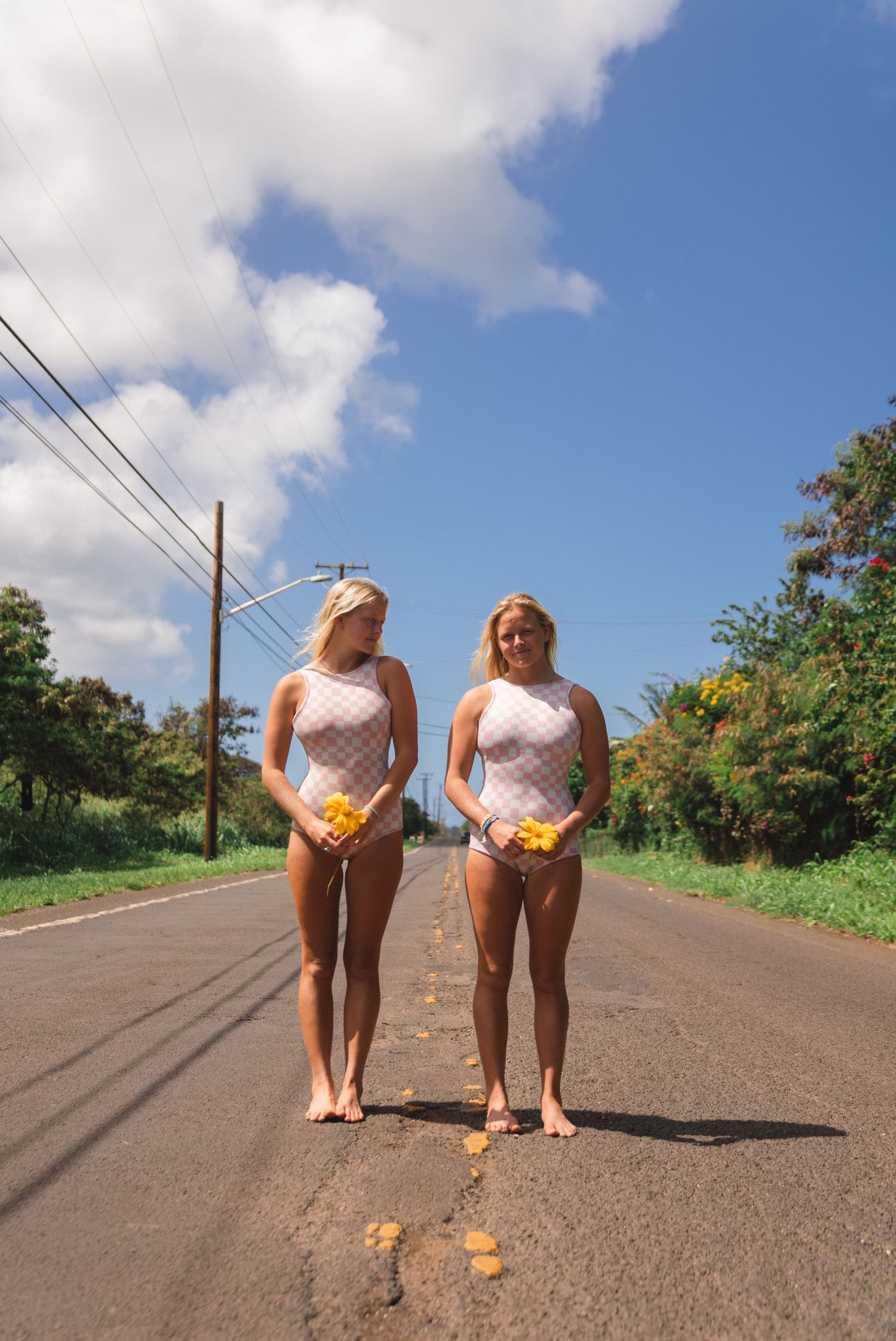Sustainability
Our wetsuits are made using Premium Yamamoto Japanese Limestone, the highest quality & most eco-friendly neoprene on the market. This material feels like pure silk and will form-fit to your body.
Sourced from the mountains of Japan, in Mt. Kurohime, home to the world’s purest limestone, Yamamoto uses the highest-grade limestone for our neoprene composed of over 99.7% calcium carbonate.
Refined by nature, and perfected for performance & elegance — in and out of the water.

Meet the founders
Twin sisters and born water babies Alie & Liza Toppa founded Missfits as an elevated and sustainable wetsuit line that enables for fun in any form. Closing the gap between function and fashion, we thoughtfully curated and designed this collection in California, tested them in Hawaii, and now operate on the east coast in our little slice of heaven - Newport, Rhode Island
What does being a Missfit mean to us? Well we all have our own versions, and that’s what makes it special! Goofy footed, party wave enthused, and lovers of a good marg, we like to think we know how to have our fair share of fun. Through Missfits, we aim to channel that fun in a product that allows for us to look and feel our best.
